5 Mysterious Animal Die-Offs
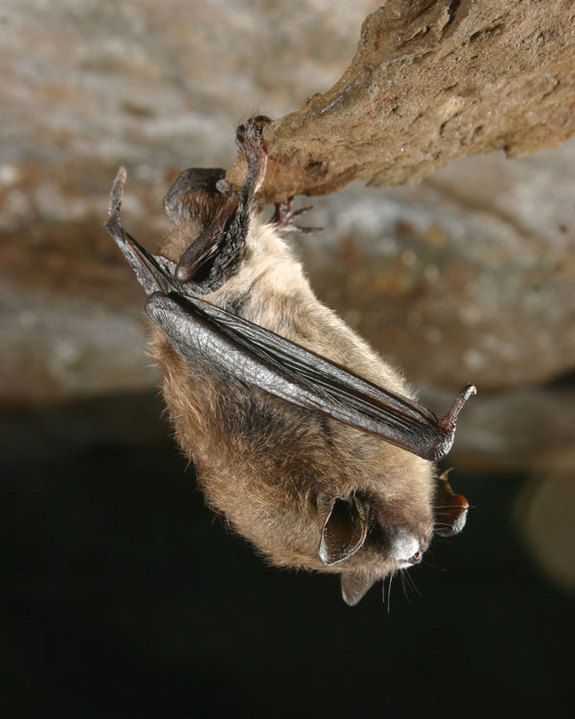
Introduction
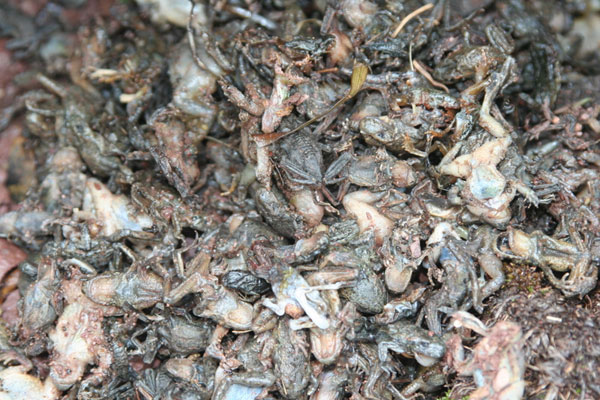
Mass animal die-offs often occur abruptly and, as a result, researchers often struggle to determine the cause of these outbreaks. In many cases, a number of factors — including environmental stressors, bacterial infections and viruses — work together to build up and steadily threaten a population before rearing back, smacking down, and taking an actual toll in what appears to be an out-of-the-blue event. At that point, researchers must work backwards to try to identify the numerous factors involved in the decimation.
Here are five poorly understood causes of mass animal die offs that researchers are still working to decipher:
White-nose syndrome
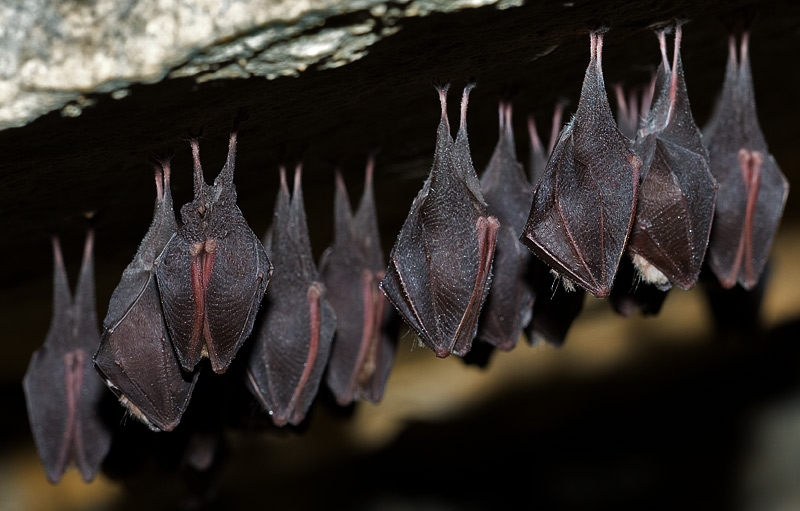
White-nose syndrome is a fungal disease that has devastated bat colonies across North America within the past decade or so, killing up to 90 percent of some populations of little brown bats.
The disease was first discovered in New York in 2006, and has since been found across Europe as well, though European bats have not responded as severely to the pathogen as North American bats have. Researchers are still working to figure out why this is; they suspect the seeming pathogen resistance could be due to the fact that European bats have adapted to the pathogen, which researchers believe came from Europe in the first place.
Colony collapse disorder
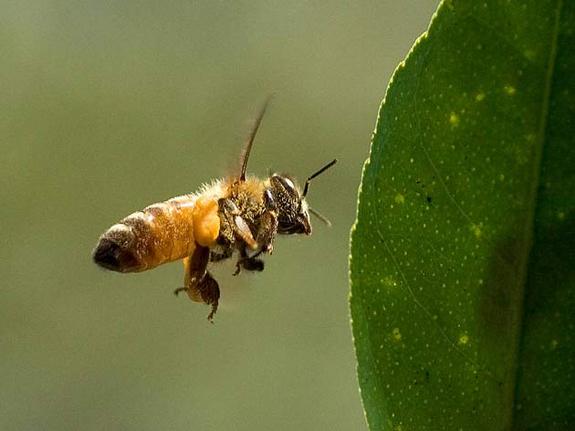
Colony collapse disorder has resulted in the deaths of more than 10 million beehives in North America since 2007, but still remains fairly mysterious to scientists. Many think it could develop through a combination of factors, including the deleterious effects of man-made pesticides, fertilizers and other pollutants, along with the homogenization of the bees' diet as farmers increasingly use hives to pollinate monoculture (one crop) fields — eating just one kind of food is not good for most animals, including bees.
The combined effects of these stressors are thought to dampen the bees' immune systems, making them more susceptible to disease and, literally, collapse.
Chytrid fungus

The chytrid fungus (Batrachochytium dendrobatidis) — which infects frogs and other amphibians by way of their skin — has been implicated in the deaths of hundreds of amphibians in recent years, including nearly 75 percent of the mountain yellow-legged frog population in California's Sierra Nevada Mountains.
Researchers have found that immune cells stop functioning and commit apoptosis — essentially cell suicide — when exposed to the virus, but scientists still don't know what exactly causes the cells to react in this way.
Black gill disease
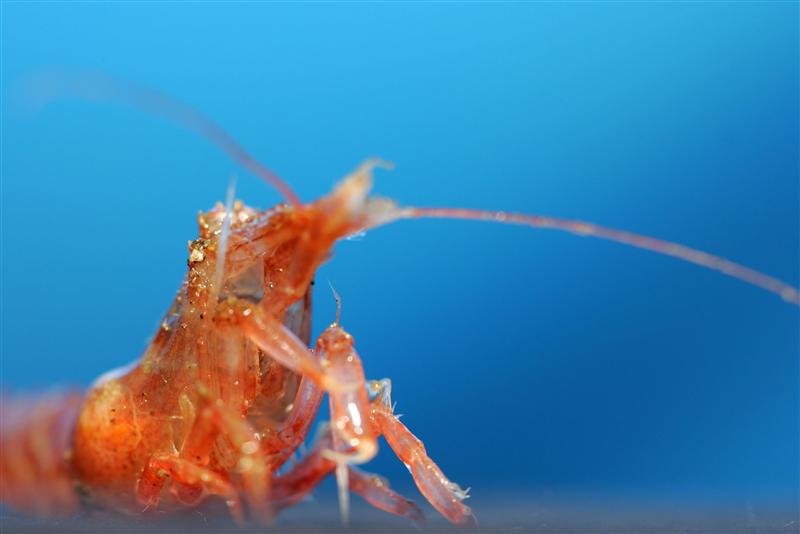
Shrimp off the coast of Georgia and South Carolina have suffered a mass die-off over several months in 2013 from black gill disease, induced by a parasite that lives inside shrimp gills and disrupts their respiratory system.
During what should have been peek shrimp season, fishermen found stocks down nearly 75 percent from what they were at the same time in 2011, Reuters reported. Researchers have blamed the record rainfall of 2013 on the outbreak, which could have changed seawater chemistry and potentially stressed the shrimp, making them more susceptible to dying from the infection.
Starfish wasting syndrome

Starfish wasting syndrome is a poorly understood disease that starts out as a small lesion on the animal's body, and ends with the animal disintegrating into a pile of goo. The disease has been detected on several occasions on both the East and West Coasts of the U.S. over the past several decades; Recently, in 2013, the syndrome has taken off in the most severe case yet on both coasts, killing hundreds of individuals from British Columbia down through California, and from Maine to New Jersey.
Scientists are not sure if a bacterial infection, virus or some combination of infections are to blame, and are currently working to figure this out.
Sign up for the Live Science daily newsletter now
Get the world’s most fascinating discoveries delivered straight to your inbox.











